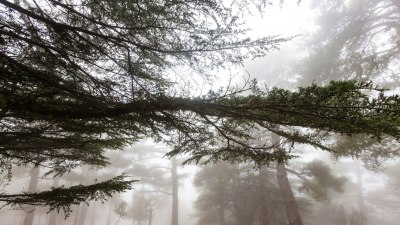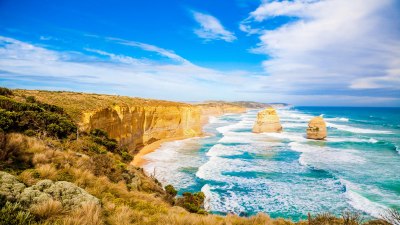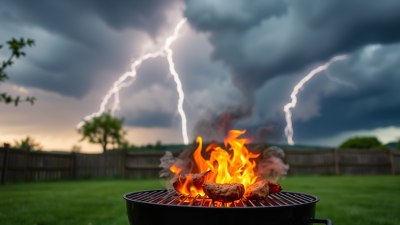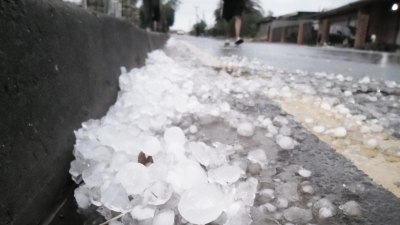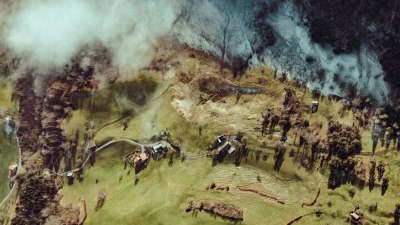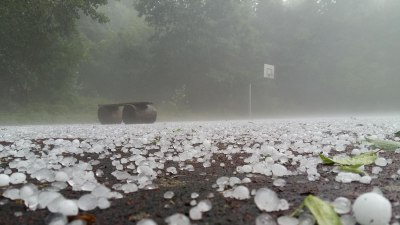Why Some Snow Glows Blue The Mystery of Polar Ice
Explore the captivating phenomenon of blue glowing snow in polar regions and uncover the science behind it.
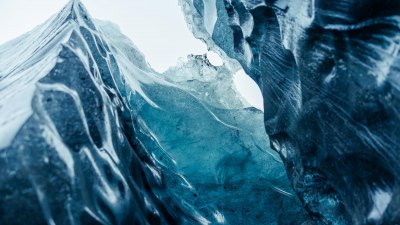
The phenomenon of blue glowing snow captures the imagination of all who witness it, particularly in the frigid environments of the polar regions. This striking occurrence is not merely a product of folklore or artistic interpretation; it is deeply rooted in the science of light, ice, and the unique atmospheric conditions found in these areas. In this article, we will explore why some snow glows blue, what causes this intriguing optical effect, and the implications it has for our understanding of polar climates.
The Science Behind Blue Snow
The blue glow of snow is mainly attributed to the scattering of light. When sunlight hits snow, the regular white appearance we’re accustomed to is the result of light being reflected and refracted by the multitude of ice crystals embedded within the snow. However, under certain conditions, such as specific light angles and the density of the snow, blue light becomes the predominant color visible to our eyes.
Rayleigh Scattering Explained
The phenomenon can largely be attributed to Rayleigh scattering, which is similar to what happens in the atmosphere when we observe blue skies. In atmospheric physics, Rayleigh scattering occurs when light is scattered by particles that are much smaller than the wavelength of the light. In the context of snow, this process favors the scattering of shorter wavelengths of light, which includes blue. This is why deep, densely packed snow can appear to glow a brilliant blue, especially in the snowy expanses of the Arctic or Antarctic regions.
Polar Ice and Its Nature
The ice that accumulates in polar regions has unique characteristics compared to ice found in non-polar areas. For one, polar ice is often denser due to constant compression from snow accumulating on top. As the layers build, they reduce the air pockets present in the snow, which leads to a higher opportunity for the scattering of light. Moreover, in the deep recesses of glacial ice, the color blue can be even more pronounced. When ice is thick, the light that penetrates it is filtered, allowing blue hues to dominate.
Temperature and Clarity
Temperature plays a significant role in how blue our snow can appear. Cold temperatures lead to clearer ice formations because they inhibit the formation of air bubbles within the crystals. Air bubbles scatter light in all directions, which would disrupt the color. Therefore, during extremely cold conditions, the clarity of the ice enhances the blue appearance. In contrast, milder weather conditions can introduce numerous air pockets that reflect other colors, leading to less blue visibility.
Timing of Observation
The timing of when one observes glowing blue snow is crucial. Early morning or late afternoon light tends to produce the most stunning displays. At these times, the sun is lower on the horizon, casting long shadows and bathing the snow in warmer light tones; however, this also means more low-angle light penetration which can enhance the Rayleigh scattering effect. The combination of low sunlight and well-packed snow creates optimal conditions for this phenomenon.
Similar Phenomena Around the World
While the blue glow of snow is most famously observed in polar regions, interestingly, similar optical phenomena can be encountered in other environments, especially in high-altitude areas where snow tends to be crystal clear and less contaminated by impurities. The Himalayas and other mountain ranges display variations of this beauty. Additionally, the phenomenon can also be observed in glacial ice formations found in other geographical contexts, from Greenland to Alpine regions, showcasing the universal laws of physics governing light and ice.
Scientific Implications and Research
Understanding why snow glows blue not only satisfies our curiosity but also aids in scientific research. Changes in snow's color can indicate shifts in climatic conditions, such as temperature increases or decreases. Darker or warmer snow may indicate ice melting or the influence of pollutants, directly affecting the albedo effect, which plays a significant role in regulating Earth’s temperature. Thus, maintaining a keen eye on the blue hues of snow can have broader implications in climate science.
The Beauty and Importance of Blue Snow
The allure of blue glowing snow transcends mere aesthetic appeal. It is a vivid reminder of the intricate relationship between light, ice, and the environment. As we continue to study and monitor the impact of climate change on polar regions, phenomena like the blue glow serve as indicators of the health of our planet. Therefore, whether you are an avid traveler hoping to see the blue snow for yourself or a scientist investigating the implications of these phenomena, the mystery of polar ice will always be a profound connection between nature and science.
